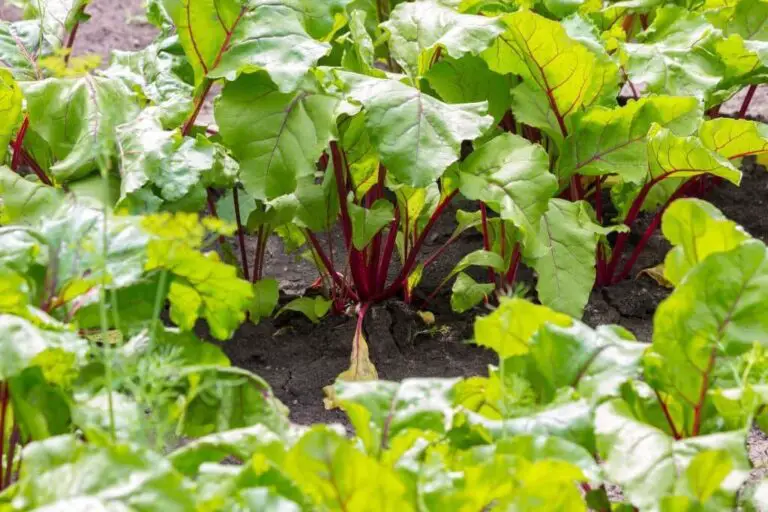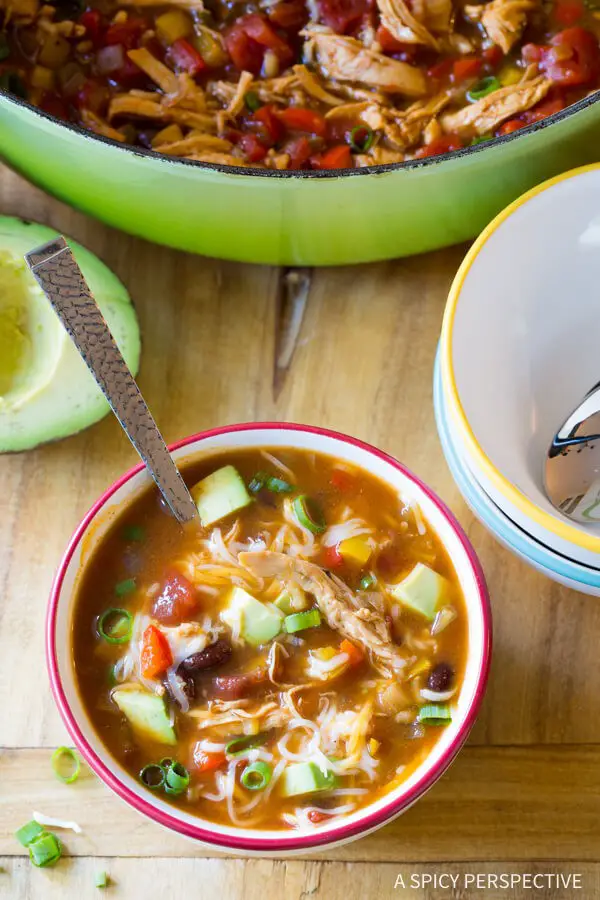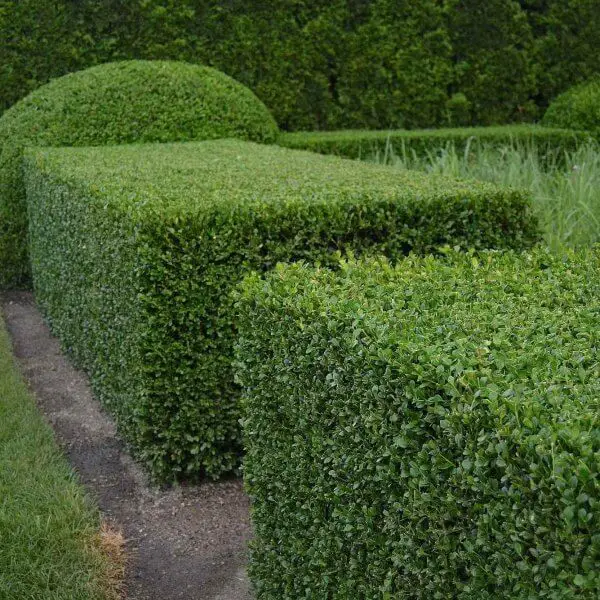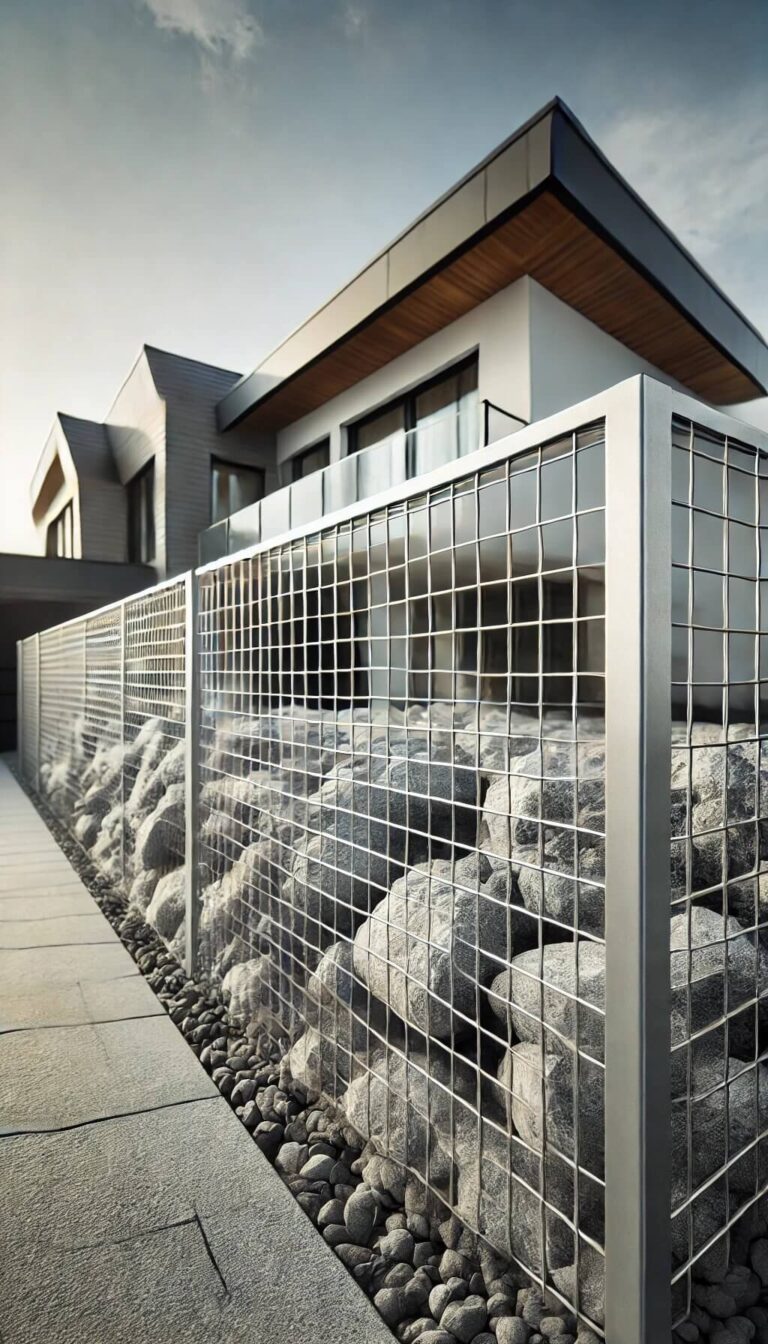What Is The Definition Of Contrast In Art | With 6 Examples!
Artistic principles such as movement, unity, emphasis, and contrast are fundamental elements that guide the creation of any visual composition. Contrast, specifically, is a vital principle that distinguishes one form from another, making it an inherent aspect of every art piece. Without contrast, artworks would be reduced to a single color, texture, or shade, lacking the distinct marks that make them visually appealing. The strategic use of contrast enables artists to draw attention to specific areas of their work, guiding the viewer’s gaze and emphasizing certain elements. By harnessing the power of contrast, artists can create visual interest, direct the viewer’s eye, and elevate the overall impact of their art. To master this concept, it is essential to understand the various forms that contrast can take. Here are some examples and techniques to explore:
Examples of Contrast in Art
To create variance in your artwork, a degree of contrast is essential. This can be achieved by juxtaposing two distinct elements, such as different colors or textures. For instance, placing a bright yellow beside a dark blue creates an intense visual disparity, while combining a smooth gradient with rough impasto adds tactile interest.The key to harnessing the power of contrast lies in the extent of the difference between the two elements and their proximity to each other. As the disparity grows, so too does the impact on your artwork.Fortunately, there are countless ways to infuse contrast into your art, regardless of the medium you’re working with. Here’s a selection of examples to inspire intentional use of contrast in your creative endeavors.
1 Light/Dark Contrast
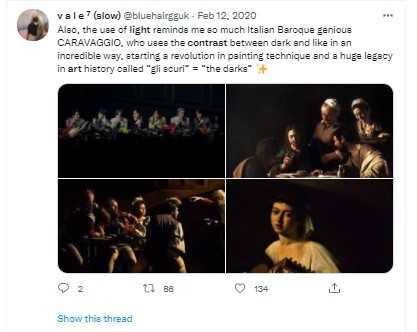
When learning the fundamentals of art, one crucial concept is value contrast – also known as light and dark contrast. This principle was likely introduced to you while studying shading techniques in black and white. By controlling value, you can create a more realistic scene, adjust lighting, or add drama to your artwork. However, introducing color into the mix complicates things further. Each hue has its inherent value, making it essential to understand how colors interact with one another. For instance, a bright yellow sun against a dark blue sky presents both color and value contrast.To master this concept, consider focusing on black and white painting skills first, then transitioning to color once you feel comfortable. Once you’re proficient in using light and dark contrast in your artwork, take a photo of it and convert it to grayscale. This exercise will help you visualize the intensity and layout of the contrast, ensuring its effective use in your colorful pieces.
2 Color Contrast
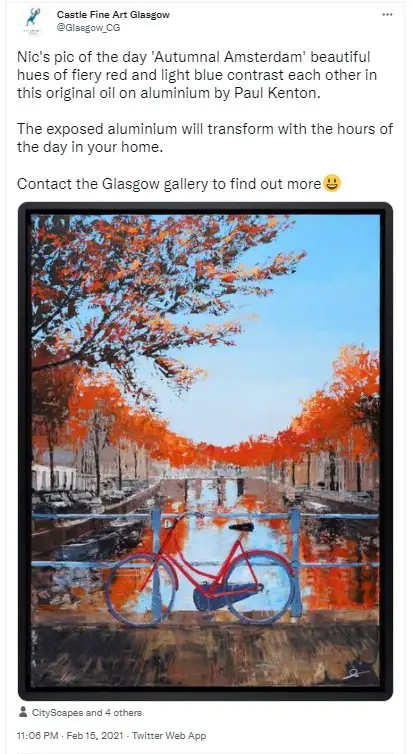
When working with color, there are not one, not two, but three types of contrast that can be used to create visual interest in a painting: value contrast, hue contrast, and saturation contrast. Value contrast occurs when different colors are juxtaposed based on their lightness or darkness. For instance, placing a bright red alongside a bright green creates a striking contrast despite the fact that they may share the same level of lightness. Hue contrast arises when two colors with distinct hues are placed near each other, as in the case of a bright blue and a deep orange. On the other hand, saturation contrast occurs when one color is closer to being fully saturated while another is more desaturated. Consider, for example, painting leaves on a tree: the sunlit leaves might be a vibrant green, whereas those in shadow could be a muted, grayish-green.It’s often the case that value, hue, and saturation contrasts work together in harmony. Adjusting one aspect of color can inadvertently affect the others as well. To illustrate this point, let’s revisit the tree example: the sunlit leaves might be a bright yellow-green, while those in shadow could be a dark, de-saturated blue-green. This interplay between value, hue, and saturation is key to creating effective color contrast in a work of art.To master color contrast effectively, it’s essential to develop a deep understanding of all three types of contrast: value, hue, and saturation. Each one builds upon the others, so it’s crucial to practice them individually before combining them in your artistic endeavors.
3 Shape Contrast
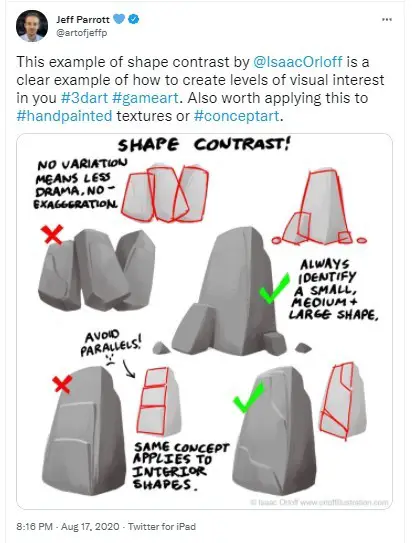
When crafting a visually appealing image, artists often employ shape contrast – a technique that involves juxtaposing diverse shapes and forms to create visual interest. This approach begins before adding value or color, as it’s essential to establish the foundation of contrasting shapes.For instance, in a beach painting, rounded sand dunes can be paired with straight wooden stakes and long grasses blowing in the wind. These distinct shapes will draw attention to specific areas of the piece, guiding the viewer’s gaze.Another example might involve incorporating a cabin amidst rolling hills. If most of the landscape features organic forms, the rigid lines of the cabin will stand out, drawing the eye towards that section. To master shape contrast, start by sketching numerous thumbnails. Simplify the concept into basic polygons and experiment with different arrangements to create contrasting shapes. This underlying structure will remain once you add value and color, ultimately yielding a striking finished piece.
4 Texture Contrast
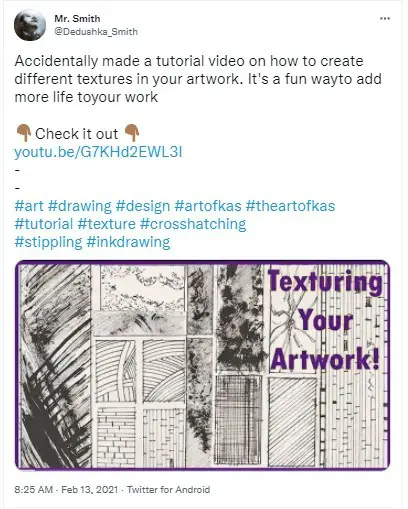
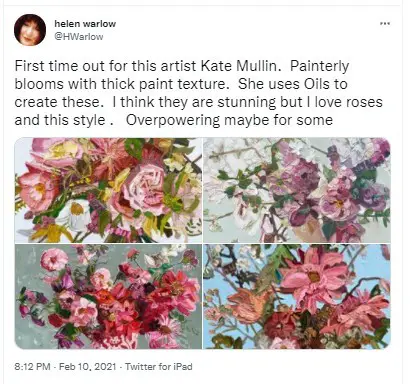
When it comes to incorporating texture contrast into your artwork, there are two primary approaches to take. Firstly, you can achieve this by combining different mediums or applying them in varying ways to create distinct textures within the piece itself. Alternatively, you can use color and value contrast to mimic realistic textures, even if they’re smooth on the surface. This technique allows for a more subtle yet effective texture that can add depth and visual interest to your work.
For instance, tree bark presents a rough texture in reality, which can be replicated through bold strokes of varying light and dark values, as well as differing hues and saturations. By placing this textured tree trunk against a smooth background of rolling hills, the overall effect is one of boldness and visual drama.
Most painting techniques offer opportunities to create various physical textures through clever manipulation of stroke and medium. In oils, for instance, you can leave generous amounts of paint on the canvas to achieve rough rock formations or thick, foamy sea effects. Similarly, in watercolors, you can employ salt or plastic wrap to texture the medium in distinct ways.
The benefits of incorporating texture contrast into your work are numerous. It not only opens up new avenues for experimentation and play with techniques but also offers a fundamental aspect of art that’s both fun and effective.
5 Edge Contrast
Edge contrast refers to the disparity between sharp, defined edges and smooth, blended transitions in an artwork. This visual element is closely tied to shape contrast, as it measures the degree to which shapes merge or remain distinct. In painting, establishing a clear foreground and background often relies on edge contrast, where objects up front appear crisp and well-defined, while those in the distance become increasingly fuzzy. Similarly, when creating edge contrast, juxtapose an object with sharp, geometric edges alongside one with smooth, organic curves to create visual interest and draw attention to the subject. This technique can also be employed to guide the viewer’s gaze or achieve balance within a composition. Furthermore, edge contrast plays a significant role in shaping artistic styles, with graphic art often favoring hard edges for a bold, modern aesthetic, while softer edges can evoke a dreamy, ethereal quality.
6 Detail Contrast

When starting out as an artist, it’s easy to feel compelled to include every last detail in your artwork to make it realistic. However, this approach can actually have the opposite effect, overwhelming the viewer and resulting in a piece that lacks interest. In reality, the key is to strike a balance between detailed areas and those with less depth, much like our eyes and cameras do when processing visual information. By incorporating contrast in your detail, you’ll create opportunities for the viewer’s eye to rest while simultaneously mirroring how we naturally perceive the world around us.
Why Is Contrast in Art Important?
In the world of art, contrast is an inherent aspect that elevates every piece to new heights. It’s fascinating to observe how renowned artists like Monet and Van Gogh expertly employed various types of contrast in their masterpieces. Next time you visit an art museum, take note of how these masters skillfully balanced light and dark, warm and cool, or texture and tone to captivate your attention. The result is a visually stunning piece that lingers in your mind long after you’ve left the gallery.The significance of contrast in art lies in its ability to make pieces memorable and intentional. By thoughtfully applying contrast, an artist can guide the viewer’s eye across the canvas, creating a dynamic visual journey. Moreover, it grants the artwork the power to leave a lasting impact, making it more likely to evoke emotions and spark meaningful conversations.You don’t need to create finished masterpieces to practice harnessing the power of contrast. Start by experimenting with simple thumbnail sketches, varying the color, texture, or edge contrast in each one to see how it affects the overall piece. Collect color swatches and arrange them side-by-side to explore which colors complement or contrast each other in intriguing ways.When contrast is lacking in a piece, it can appear repetitive and dull. Conversely, when applied thoughtfully, it can transform your artwork into a powerful and exciting visual experience that leaves a lasting impression on anyone who gazes upon it.

